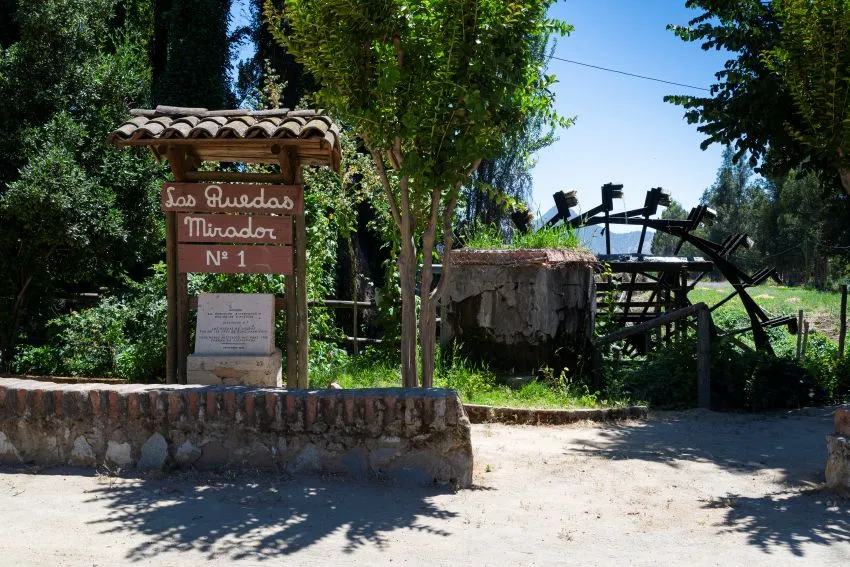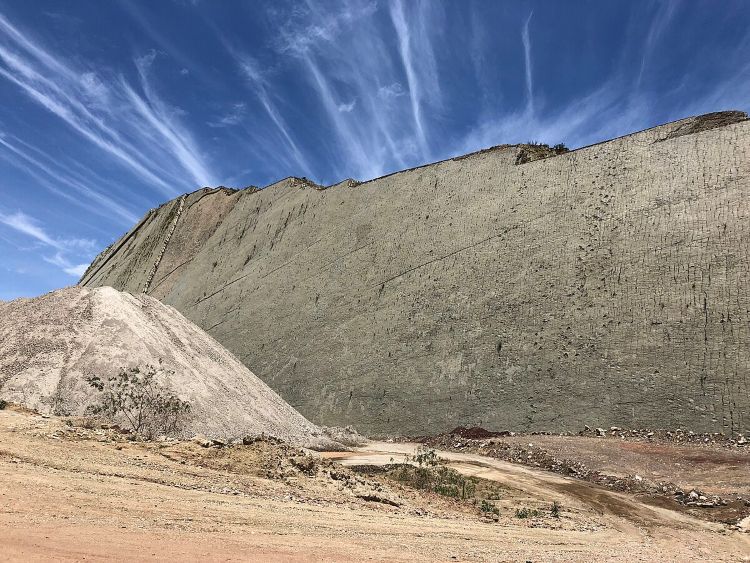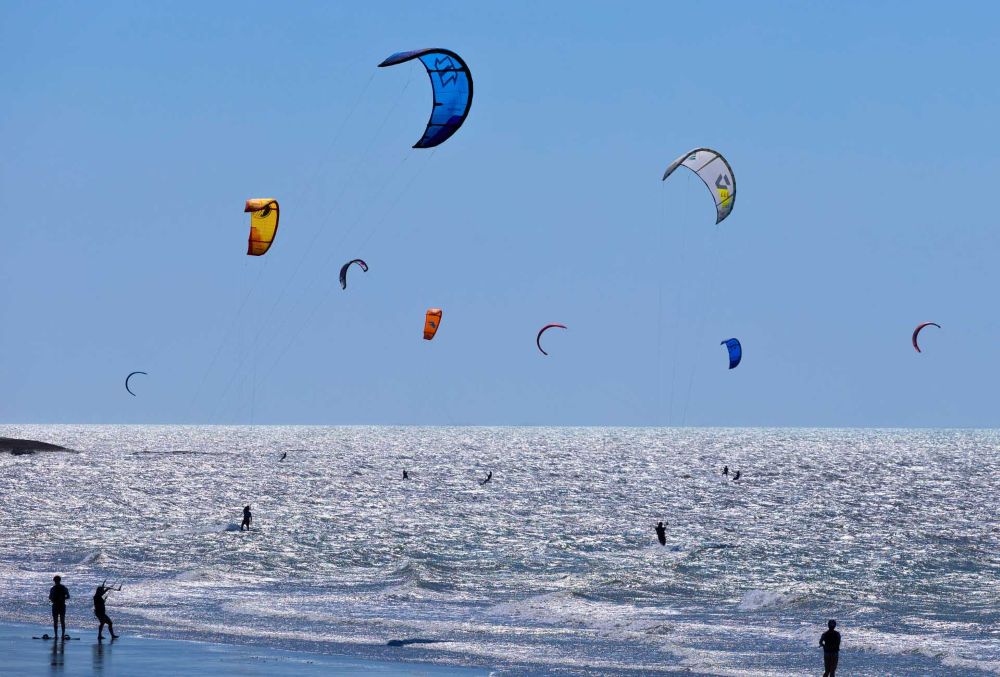In the O’Higgins region in Chile, rural tourism is moving from promise to reality. Thanks to the impetus of the FIC project, rural communities are finding new ways to share their land, history, and way of life with travelers seeking more than just beautiful scenery.
The central objective of this initiative is clear: to develop an ecologically and socially conscious tourism model that brings real benefits to host communities and promotes a harmonious relationship with the environment. To achieve this, a collaborative network has been built between local actors, from rural enterprises to communal governments.
Cristian Escobar Torres, project coordinator, emphasizes that:
“Today, all tourism models should be developed in a sustainable manner. We understand the environmental and ecological crisis we are experiencing worldwide, and community participation is essential. In this case, this project arises from the communities themselves.”
This perspective not only promotes more balanced development but also strengthens people’s connection to their territory and their ways of life.
A different way of doing tourism
Unlike other initiatives that bring in models from outside, the FIC project (Fund for Innovation and Competitiveness) in O’Higgins was born from within. Here, it is the inhabitants themselves who design the routes, share their knowledge, and build the experiences. Thanks to this approach, several tourism ventures have been certified with the “S” Seal of Sustainability, a recognition that values not only the quality of service but also environmental and social commitment.
In addition, the project includes visibility campaigns, collaborative marketing spaces, and the creation of interpretation centers that help to better tell the story of the destination. Everything is designed so that tourism development is not temporary, but rather a long-term tool.
The destination: Tagua Tagua-Almahue
The results of this work can already be seen. The municipalities of San Vicente, Pichidegua, and Malloa have begun to receive visitors with a tourism offering built on local meaning. The destination is organized around themed routes, with activities for different interests:
- History and archaeology: Explorations in the Tagua Tagua Lagoon, one of the most important archaeological sites in central Chile, and in the Cuchipuy indigenous cemetery, where remains dating back more than 8,000 years are preserved.
- Astrotourism: Astronomical observations from the new community observatory, which seeks to bring science and the sky closer to visitors of all ages.
- Agrotourism and rural life: Visits to apiaries to become beekeepers for a day, horseback riding, vegetable garden workshops, country cooking, and direct contact with local producers.
- Traditional crafts: In Pichidegua, the recovery of ancient knowledge such as weaving with corn husks, a technique passed down through generations, is being promoted.
- Active and nature tourism: Cycling, kayaking, and adventure activities offer unique options for those who want to explore natural landscapes and enjoy outdoor experiences.
Our article: Under Chile’s Stars: Coquimbo, a Certified Starlight Destination
The experiences are designed to be enjoyed at a leisurely pace, with one- or two-day itineraries, ideal for both domestic and foreign visitors who want to escape the ordinary.
An inspiring model
The FIC project is not only generating new economic opportunities for rural communities in O’Higgins, it is also demonstrating that it is possible to do tourism from a different perspective: one where the territory is not exploited, but shared; where tourists do not consume, but participate; and where sustainability is not a slogan, but a concrete practice. This is an opportunity for economic recovery with local identity, but also a model that could be replicated in other rural areas of the country and the continent.
Traveling to O’Higgins today is much more than just discovering a new place. It is joining a real process of community transformation, where each experience has a story to tell and a future to build.
Photos: SERNATUR







